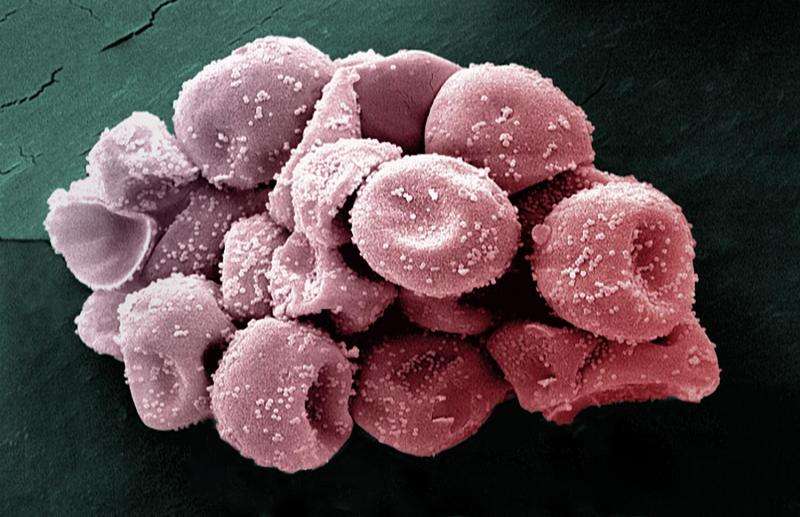Allergic cross-reactivity between cypress pollen and peaches/citrus fruits finally explained

Today, many people suffer from allergies, especially in industrialized countries, where almost 30 percent of the population is affected. Doctors are observing an increase in cases of "pollen food associated syndrome," or "combination" allergies, i.e. those which occur via a cross-reaction between pollen (respiratory allergies) and food (food allergies).
In Mediterranean regions, allergic reactions to cypress pollen/peach and cypress pollen/citrus fruits have been described in clinical practice. In such cases, certain people, having been exposed and sensitized to cypress pollen from a young age, go on to develop allergies to citrus fruits and peaches in adulthood. It is estimated that 60 percent of food allergies occur in combination with respiratory allergies.
Although several explanations have been advanced regarding the increase in these combination allergies, such as environmental or lifestyle changes, the structural basis for the cross-reaction between cypress pollen and certain fruits has, until now, not been formally identified.
A translational study directed by researchers from the Institut Pasteur and AP-HP, working with international collaborators has revealed for the first time the underlying physicochemical and immunological mechanisms behind this cross reaction.
In this study, the scientists analyzed the physicochemical, immunological and structural properties of BP14, an allergen identified in cypress pollen. They were able to demonstrate numerous similarities with the peach allergen Pru p 7 and the orange allergen Cit s 7, both of which belong to the "snakin/GRP" (Gibberellin-regulated protein) protein family. These observations led the researchers to establish that BP14, Pru p 7 and Cit s 7 were members of a new family of respiratory and food allergens involved in pollen/food associated syndrome.
As study coordinator Pascal Poncet (from the Institut Pasteur's Center for Innovation and Technological Research) says,: "A new concept has emerged – conditional sensitization. Once the immune system of an individual develops an intolerance to an allergen such as BP14, it is then more likely to become sensitive to similar allergens within the same protein family which are present in other allergen sources."
Demonstrating this cross-reactivity and identifying its causes could allow the new allergen family to be included in the battery of tests available to allergy sufferers, from which it is currently absent. As such, the discovery should contribute to improve allergy diagnosis, and lead to better patient treatment in keeping with the development of a personalized medicine.
More information: Hélène Sénéchal et al. A new allergen family involved in pollen food associated syndrome: snakin/gibberellin regulated proteins, Journal of Allergy and Clinical Immunology (2017). DOI: 10.1016/j.jaci.2017.06.041

















